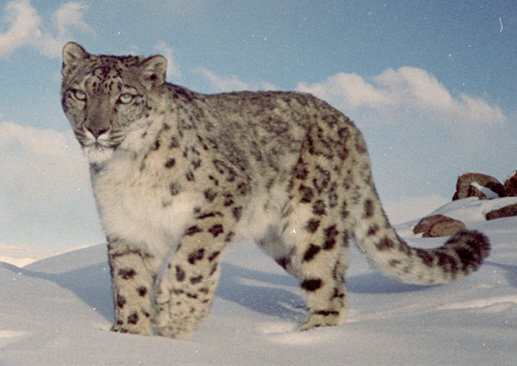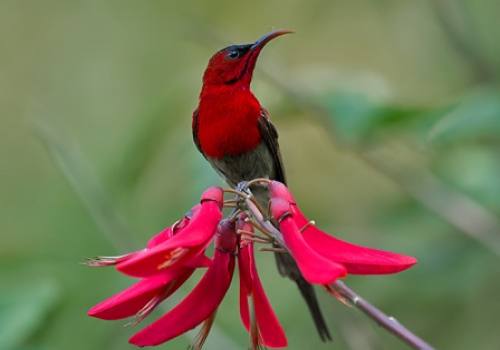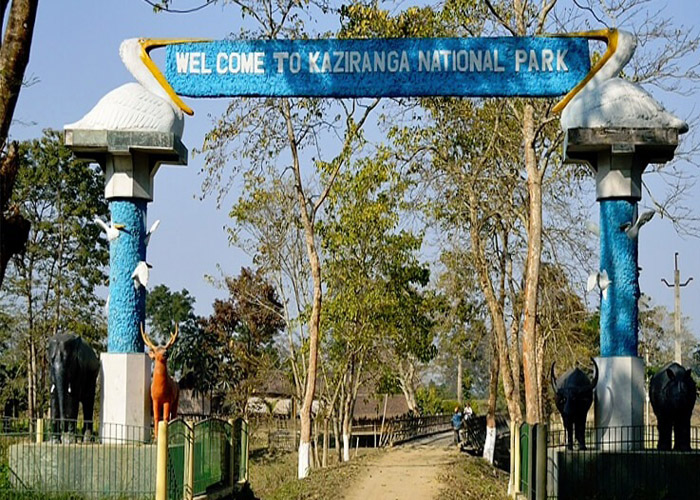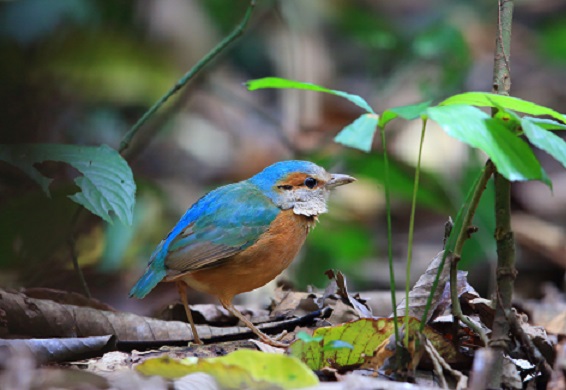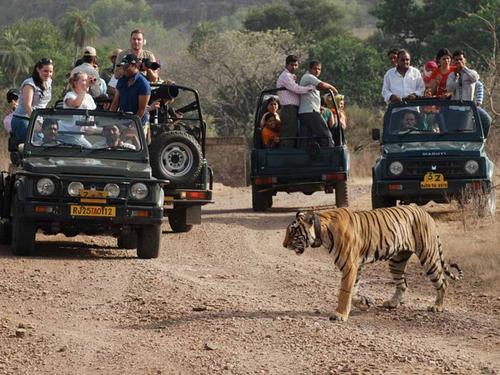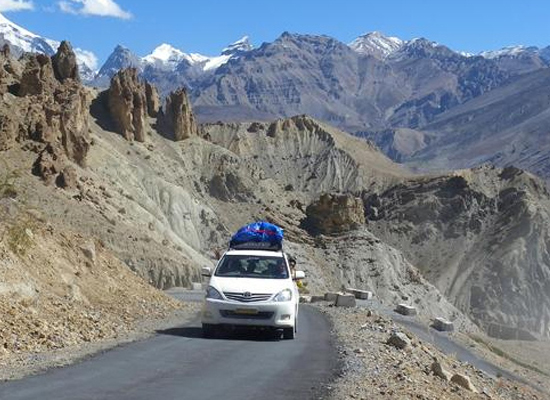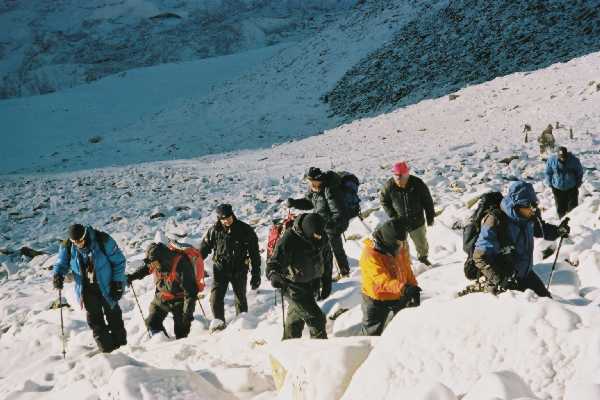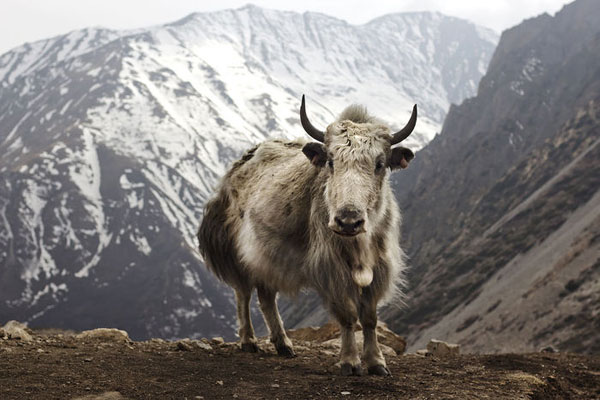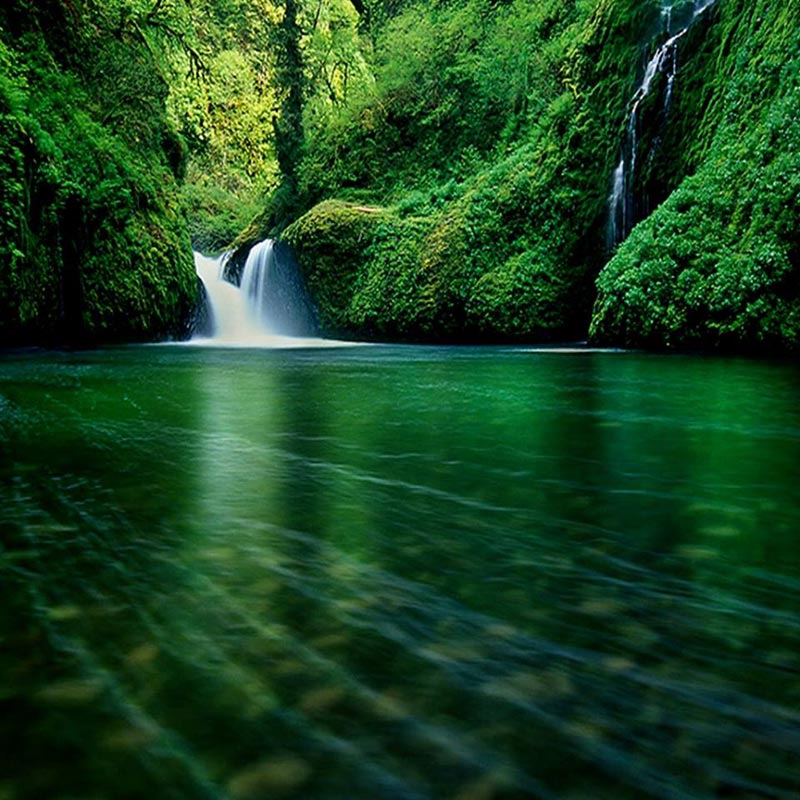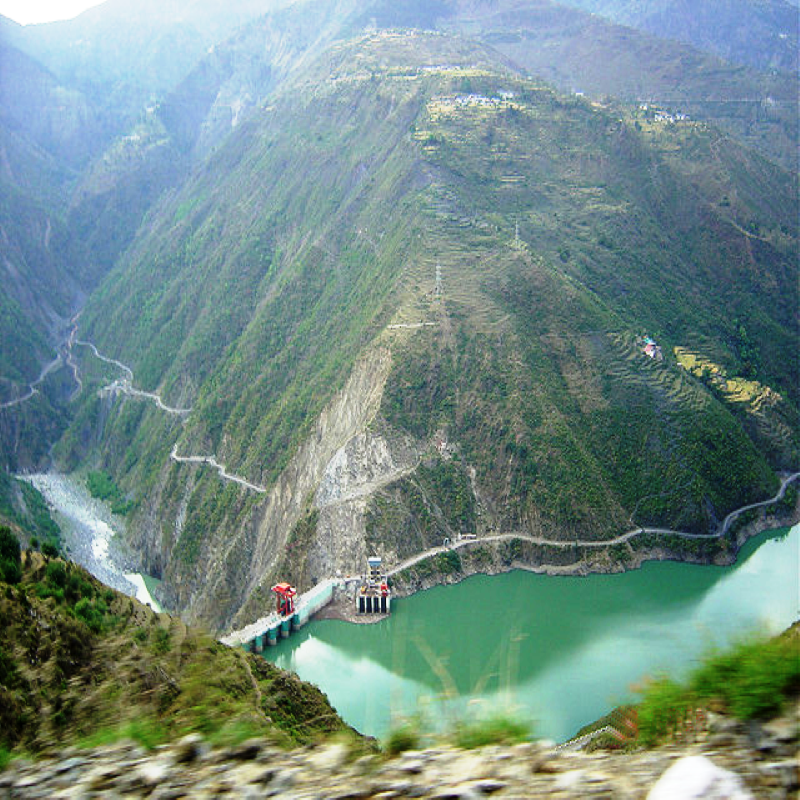
Sunshine Himalayan Adventure Birding Tour
Adventure and Wildlife
See Indias oldest national Park and Trek in the Indias newest national park-The Great Himalayan National Park
A pristine, undeveloped park with minimal tourism/trekkers, uncluttered, clean trails, large and unique animals
Spectacular Himalayan vistas
Opportunities to observe on of the worlds most endangered species (the rare Western Tragopan pheasant) and animals that are supported only by the unique ecology of the Western Himalayas
Rich and dense flora and fauna of the Himalayas
Cultural Evenings by BTCA members
Travel Itinerary to Sunshine Himalayan Adventure Birding Tour
Duration : 14 Nights 15 Days
DAY 01 Arrival New Delhi. Escorted to Hotel for rest. O/n Hotel Delhi
DAY 02 Depart to Corbett National Park by road. Distance : 200 Km. Time Taken 5 hours. Arrival Corbett in afternoon and check in at Resort. Evening culture night and bonfire dinner.
DAY 03 India's first and finest park spread over 520 sq. kms. along the banks of the Ramganga river, just 300 kms. northeast of Delhi in the foothills of the Himalayas is the Corbett National Park. In 1957, it was finally named as Corbett National Park in honour and memory of the latc Jim Corbett, the legendary hunter, naturalist-turned-author and photographer who had helped in setting up the park and demarcating its boundaries. 110 Spices of trees, 51 species of shrubs and over 33 species of bamboo are found here. o/n Resort
DAY 04 Over 50 mammal, 580bird and 25 reptile species have been listed in the Corbett. Also astounding is the insect life here. Some of the birds commonly seen here are osprey, crested serpent eagle, blackwinged kite, shikra, Pallas's fishing eagle, spotted eagle, minivets, shrikes, babblers etc. O/n Resort
DAY 05 Early morning departure to Assan Birding Sanctuary. Distance : 200kmTime Taken 5hours.The wetland at Assan Barrage, is situated near the confluence of two perennial rivers Assan and Yamuna. The lake attracts a large number of Waterfowl, Both Waders and Divers. The birds listed as globally threatened species and in the IUCN Red Data Book have been observed at Assan. Though it may not be large in size, the sheer abundance of Avifauna makes it an ideal place for bird lovers, Ornithologists and Naturalists alike who can travel easily up to the site and see thousands of birds who have traveled miles to be there. To watch a Mallard or a Red Crested Pochard gently swimming a few hundred yards in wilderness is indeed a unforgettable sight.o/n Forest Rest House.
DAY 06 Assan Barrage serves as a Winter passage halt for trans- Himalayan migratory birds. These birds are spotted here on their way to southern India ( October - November ) and again on their way back ( late February - March ). By the end of October the Assan witnesses the arrival of migrants from Pale arctic region. The first to arrive is the Shoveller followed by Ruddy Shelduck, Mallard, Coot, Cormorant, Egrets, Wagtails, Pond Heron to name a few.o/n Forest Rest House.
DAY 07 Assan Barrage Nature Walk. Birds of prey like Pallas Fishing Eagle, Marsh Harrier, Greater Spotted Eagle, Osprey and Steppe Eagle add to this magnificent diversity. Assan has the privilege of hosting a more than thirty year old nesting site of the Pallas Fishing Eagle, which it reconstructs every winter. While, rest of the year this nest is shared by other birds of prey. During winter months 90% of the waterbird population comprises the following 11 migratory species, namely Brahminy Duck, Pintail, Red Crested Pochard, Gadwall, Common Pochard, Mallard, Coot, Wigeon, Common Teal, Tufted Duck, Shoveller.
DAY 08 Assan to Bilaspur : Km 200 - Time Taken 5hours. This is the reservoir for the most famous dam in India- The Bhakra Nangal.The Gobind Sagar - is 90 km long and encompasses an area of approximately 170 sq. km. As far back as 1962, the Gobind Sagar was declared a 'water fowl refuge' and even today, hosts a variety of water and shore birds. Fishing is a regular activity and fifty-one-species and sub-species have been recorded. The varities found, include Labeo Dero (Gid), Tor Putitora (Mahasheer), Mystus Seenghala (Singhara) and mirror carp and allied species.
DAY 09 BILASPUR - SAI ROPA Time 5 hours Distance 200km. Today we start early morning for the Great Himalayan National Park our final destination of the tour. The journey takes you the magical Kullu valley crossing lakes and amazing sceneries to reach the Sai Ropa Touist Center in the middle of thick forest. O/n Sai Ropa
DAY 10 Birding trek begins SAI ROPA, 1540 m - Rolla, 2040 m - 15 Km. In the morning we start out on a nice birding trek along Tirthan.Birds to be Spotted : Ultramarine Flycatchers, Pink-browed Rosefinches, several laughing-thrushes, warblers, bush warblers etc. Asian Barred Owlet and big flocks of Slaty-headed Parakeets. Brown Dippers, Plumbous Redstarts and White-capped Water-redstarts. The trail has a gradual gradient all the way through coniferous and broad-leafed forests and it took about 5-6 hrs to reach our destination at Rolla.
DAY 11 ROLLA, 2040 m – Khorli Poi , 2900 m - 04 Kms. Today we commence on a short but very steep trek to reach Shilt, through coniferous and broad leafed forests with occasional meadows. This dense jungle is home to the Monal flying beautifully out of the trees for one to see all its splendour as it took a big swing across an opening among the trees.
Birds to watch out for at Shilt include Lammergeiers, Golden Eagles and Himalayan Griffons.Shilt is a grassy meadow surrounded by trees and rhododendron with a beautiful view across the valley towards the snow covered mountains reaching highs of 4000 meters.
DAY 12 KHORLI POI Rest Day. Birding around Shilt, 2900 m. Today we will wander around Shilt to look for pheasants including the Western Tragopan. This elusive species prefers to rest in an inaccessible spot in thick dwarf bamboo in steep ravines. One also goes along a ridge through bamboo and forests.Birds to watch for include Monals ,Collared and Spot-winged Grosbeaks ,Plain Mountain-finches, Red-eared Buntings and several rosefinches.
DAY 13 Khorli Poi to Kharongcha Gate of the GHNP : Today we decend downwards to Kharongcha the starting point of the corezone of the Great Himalayan National Park . Birds to watch for are Koklas pheasants , Bar-tailed Treecreeper . Himalayan Woodpecker, Long-tailed Minivet.,White-cheeked Nuthatch. O/n Camp at Kharongcha
DAY 14 KHAROGCHA - GUSHAINI - GUSHAINI - SAI ROPA. Today we get back on the same path to the road head at Gushaini. Birds to watch include various species of Laughingthrushes like the Variegated Laughing-thrushes. Kalij Pheasants. Today is a small trek and rest day at Sai Ropa rest house.
DAY 15 Morning depature to Delhi by Flight Afternoon Free. Evening flight back to Delhi
Himalayan Wildlife Sanctuaries & National Parks Around Himalayas
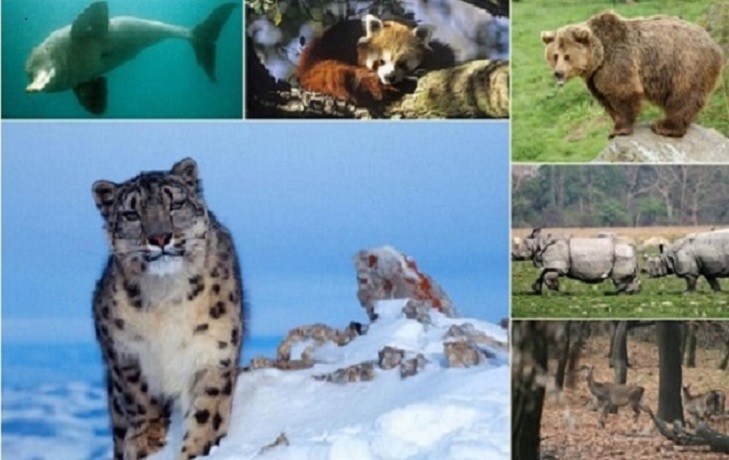
Eastern Himalayan Wildlife
Delhi - Guwahati - Kaziranga - Bagdogra - Kalimpong - Siliguri - Kolkatta - Sunderbans
13Nights/14Days

